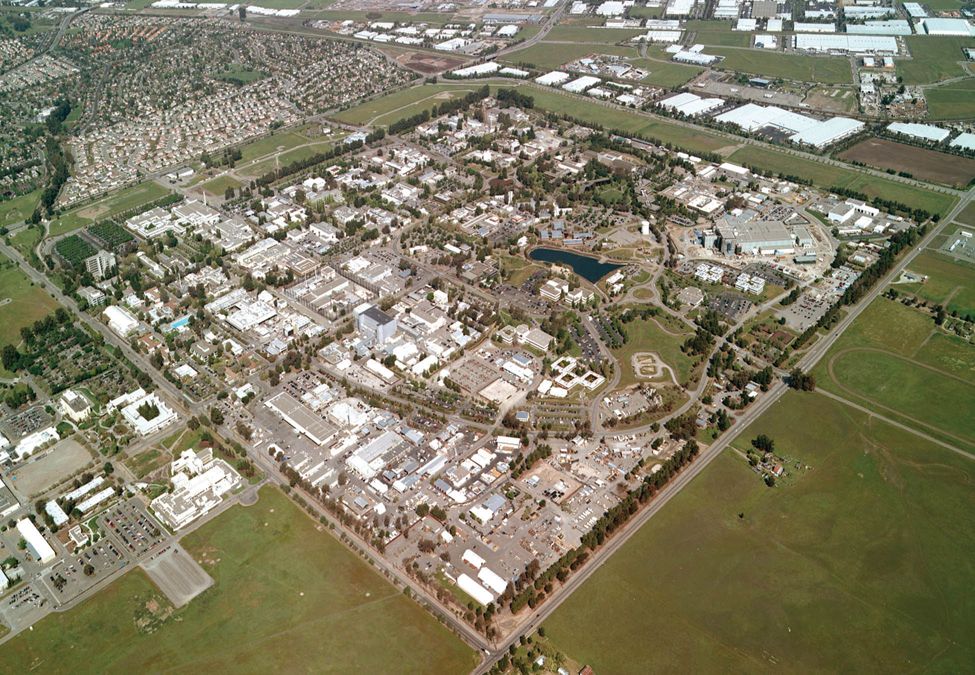Lawrence Livermore National Laboratory Develops New Format For Nuclear Data.
When atoms are smashed together in colliders, huge amounts of information are generated with respect to the daughter particles that result from the collisions. It is important for scientific, engineering and industrial applications that this information is stored in high quality data formats. Applications include designing nuclear reactors, dealing with radioactive waste, maintaining stockpiles of nuclear weapons, research and use of medical radioactive isotopes, developing fusion power, astrophysics and many other applications. The Lawrence Livermore National Laboratory (LLNL) depends on accurate data about nuclear processes.
The LLNL currently utilizes the Evaluated Nuclear Data Library (ENDL) format and the popular Evaluated Nuclear Data Format (currently in version 6, or ENDF-6) formats. These data formats date back to the 1960s when punch cards were a major form of data storage. They are old and outdated. ENDL was first developed by the Atomic Weapons Establishment of the United Kingdom in the early 1960s. The ENDF standard was developed in the late 1960s to provide increased flexibility and more complex formats. LLNL was a part of the creation of ENDF.
Both of these formats suffer from the need to store the information on eighty column paper punch cards. Such cards require formatting that makes it difficult for humans to read. There wis redundant information that could cause problems. These formats cannot store all the important information about some nuclear reactions.
The data tables in either of the old formats describe the probabilities of various complex physical interactions. "Nuclear databases include physical quantities such as energy spectra, scattering cross sections, nuclear structure, nuclear decay, and angular distributions of the reaction products, together with estimates of uncertainties." ENDL data tables include entries for every stable isotope and also entries for many unstable isotopes for every element up to californium, atomic number 98.
Nuclear reactions are very complex and it can be difficult to capture important information about every particle. Before an experiment can be entered into the nuclear database, the researchers must provide many details that may be difficult to obtain. The researchers often have to interpolate the available information in order for their research to be acceptable for inclusion in nuclear databases.
Evaluation of nuclear data is carried out by national and international agencies including the Cross-Section Evaluation Working Group which controls the U.S. ENDF/B data library and the ENDF-6 data format standard. The work of this group is coordinated through the National Nuclear Data Center (NNDC) at Brookhaven National Laboratory. The Japanese and European nuclear industries and laboratories also utilize the ENDF-6 format for their libraries but they have their own agencies to evaluate the acceptability of the data generated by researchers.
Driven by the need for a newer and more modern data format, the Nuclear Data and Theory group at LLNL has developed the Generalized Nuclear Data format which takes advantage of recent developments in computers and data handling. The new format is " readable by both computers and humans, flexible, and extensible for supporting new types of nuclear data." It incorporates new understandings of nuclear reactions.
The work on the new format began in 2009. Early drafts were distributed for feedback. It is hoped that the new format will be formally adopted in 2017. Backward compatibility will be maintained with the old formats for at least ten years. The new format will also address new areas on interest beyond the use of the old formats.
Ariel view of Lawrence Livermore National Laboratory:
